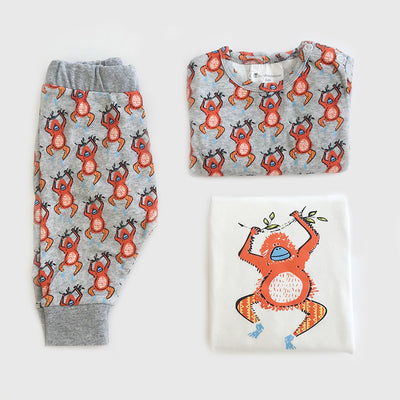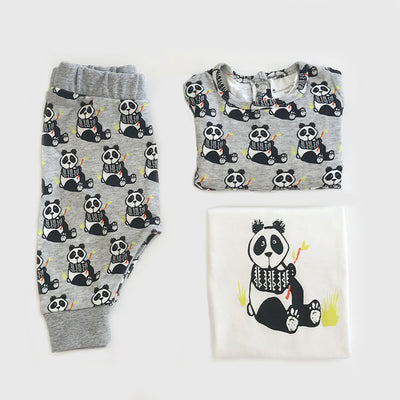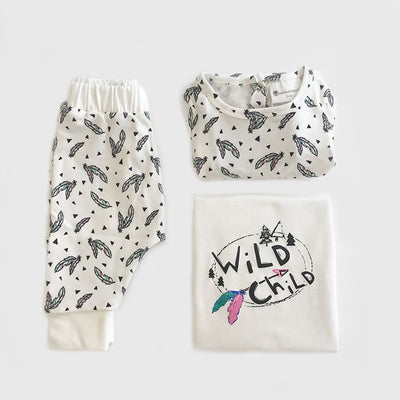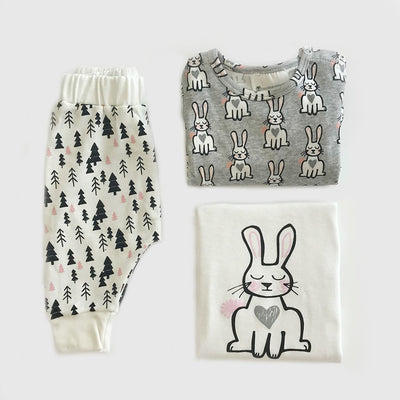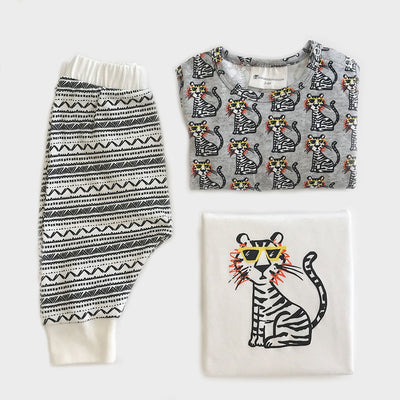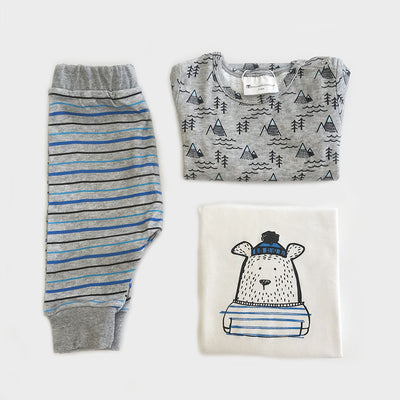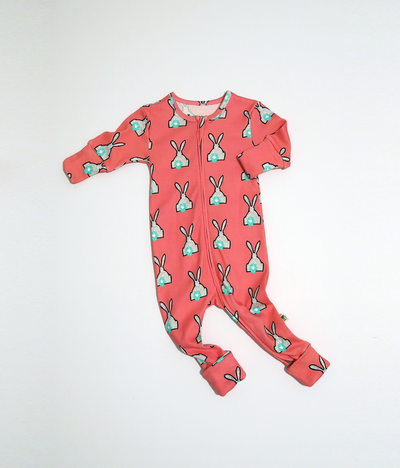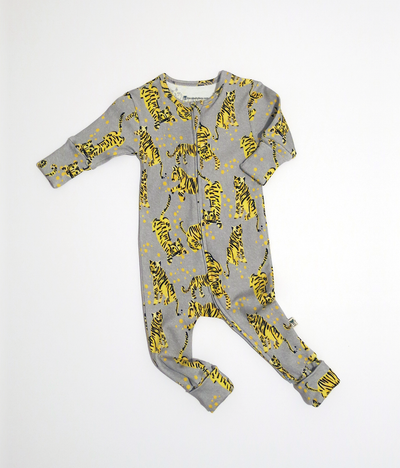For some little ones teething can make for a super sleepy household for the first couple of years. So how can we help your little humans, and in turn, help you parents also get a good night’s sleep.
Firstly, let's talk about when they usually appear.
There are 20 teeth hidden in your little ones tiny gums and the first of these will usually start to show between 4-8 months. Generally speaking, it’s the bottom two front teeth that appear first, followed by the upper four front teeth. Then from one-year on, the molars and canines will begin to appear.
Teeth are not a developmental milestone, so don’t worry if your baby is a ‘late teether’. In general, you should probably seek a medical opinion if your little human is over 13 months old and there’s still no sign of a first tooth.
Why do some babies struggle more than others?
One thing to remember is that little humans are individuals. Some experience teeth moving up and down just under the gums for a number of months, whereas for others, they appear within days. Hereditary factors play a role as well. So, if you or your partner were early or late teethers, your baby might be as well.
How do you know your baby is teething?
Your little human may have one or more of the below symptoms:
- Irritability
- Nappy rash
- Drooling
- Grabbing ears
- Flushed cheeks
- Red, swollen gums
- Fussiness with feeding/eating
- Unsettled/disrupted sleep
- Biting
Teething can easily be mistaken for normal growth and development, as babies often show many of these signs during growth spurts. So don’t worry - you don't lose any points if you think your baby is teething when they’re not.
What you can do to help?
Below are some tips and tricks to helping relieve the pain associated with teething:
Hugs and lots of them | We know from many studies of labour that when oxytocin (the love hormone) is boosted, endorphins (natural pain relief) are also enhanced. So a hug can really help relieve your little human’s pain.
Breast milk | has been shown to contain natural painkillers, so your baby may naturally be craving more want more when they’re teething.
Cold items | can be used to help soothe the gums and reduce inflammation. Ideas you can try include placing a wet face washer in the freezer, which your baby can then chew on, cold food such as cucumber or capsicum (watch for choking hazards), pureed fruit or yoghurt and cold water if they’re over 6 months old.
Give your little one something to chew | Teething rusks are made for this. You can also apply gentle pressure and rub your clean finger along your little one’s gums.
Pain relief | Seek advice from your pharmacist before using these products but they can prove very helpful in reducing your baby’s pain. Paracetamol relieves pain for up to 6 hours and can be used after 3 months of age, while ibuprofen relieves pain for up to 8 hours and helps reduce inflammation. In addition, teething gels can prove helpful. Whatever you choose, it’s always important to follow the directions on the packaging.
Whatever you choose, just hang in there. We all got through teething one way or the other. But if times feel tough, feel free to blame it on teething, it can make you feel so much better!


